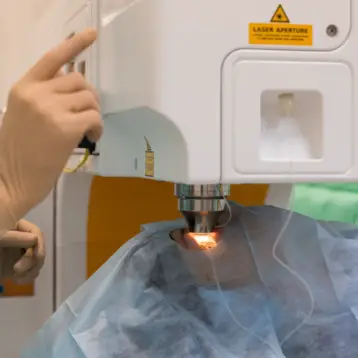|
Robots that will cure the body from inside have always been dreamed of. The benefits of such a technology are specific targeting of drugs, and long lasting treatment that has very little side-effects. All these goals may now be achieved thanks to the Korean team’s development.
The robot’s skeleton is made of a biocompatible and elastic material (PDMS- polydimethylsiloxane) and the engine is basically a heart muscle tissue grafted of the skeleton. The robot has a rectangular body and six legs, three on each end. The front three legs are short (400 micrometers long) and the three rear legs are longer (1200 micrometer long). When the robot’s muscle contracts it bends the long front legs. This creates more friction on the rear legs than on the front legs, causing the robot to move. The average speed of the robot is 100 micrometers per second, meaning it can pass a distance of 50 meters in a week. The robot’s engine is powered by sugars, oxygen and other nutrients present in the blood.
There are several measures that can be taken in order to ensure this biologically derived instrument will not be attacked by the immune system. One way to deal with the problem is to use stem-cells of the specific patient, deriving heart muscle from them and grafting the resulting heart muscle on the skeleton, making a unique microrobot for each person. More research must be conducted before these robots can be mass produced rather than custom made.
The research is in its preliminary steps. A prototype nicrorobot has been built but its different usages haven’t been implemented or tested yet. Further research and experimentation are required before every one of us will have a personal robotic doctor inside our bodies.
TFOT recently reported a similar research conducted by Professor Moshe Shoham of the Technion-Israel Institute of Technology. The Technion robot is also one millimeter in diameter and is planned to be used for medical purposes.
More information can be found in the RSC publishing homepage. You can see a video of the microbot in action here.










